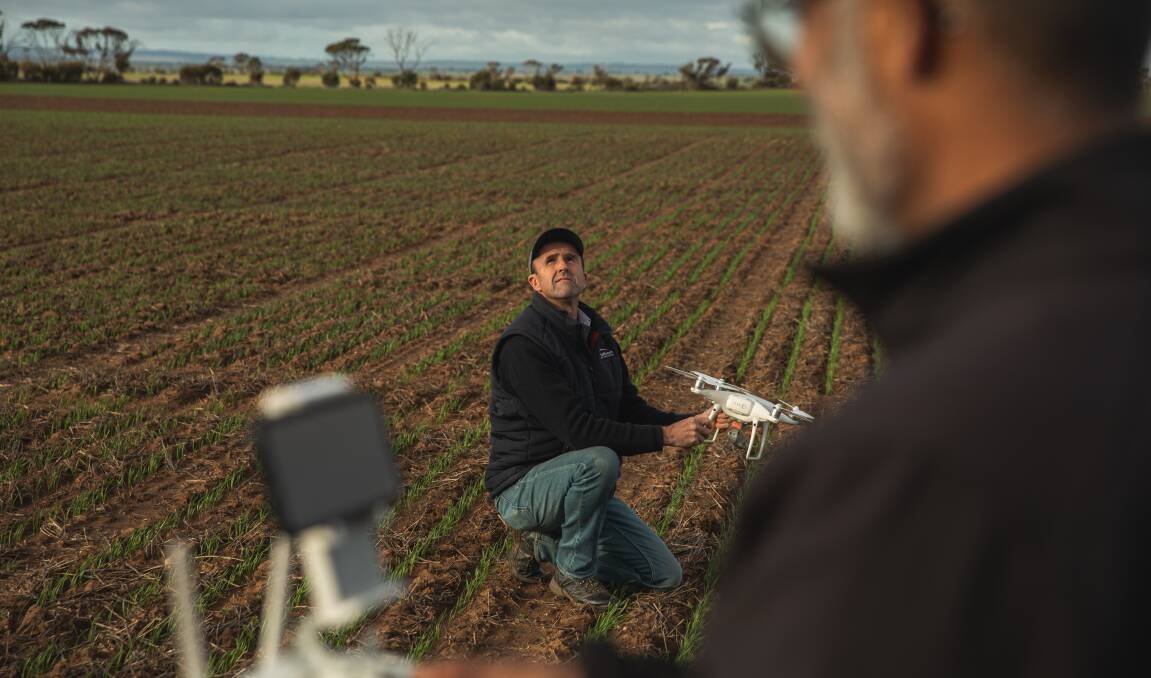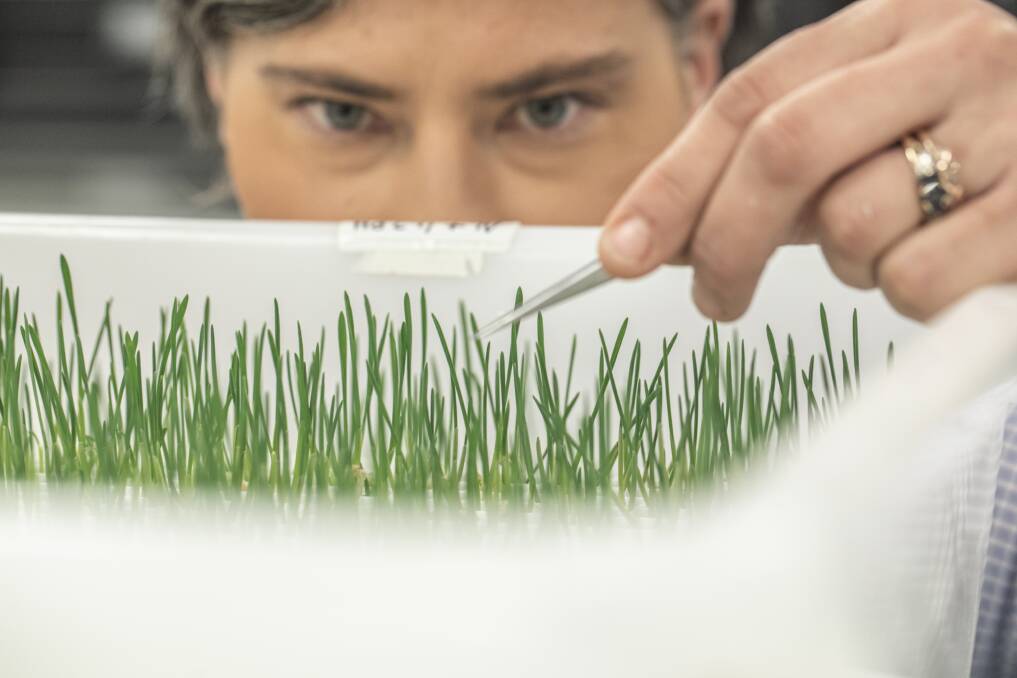Ensuring long term investment in wheat breeding through End Point Royalties

This is branded content for LongReach Plant Breeders
AUSTRALIA has some of the best plant breeders in the world, delivering results for grain growers through exceptional varieties suited to the climate and production systems.
But the development of new varieties takes a huge amount of time and investment, which means that the future of plant breeding could be under threat if the end point royalty (EPR) system is not enforced.
EPRs have been in place for about 20 years, and are a mechanism for ensuring that the people who develop new varieties are compensated for the investment they have made.
While that used to be something that government did, it is now the responsibility of individual companies that need to be remunerated for the investment they make.
The problem the industry has at the moment, is that compliance with the payment of EPRs is dropping in some areas, despite plant breeders introducing more productive and profitable varieties to the market each year.
It's a widespread issue, costing plant breeding companies and affecting their ability to continue developing new, better varieties.
It's a problem that a number of breeders in the industry have started to tackle through audits with individual grain growers, many of whom may not realise they haven't paid their EPR obligation properly.
"In many cases growers will declare their varieties when the grain goes into major bulk handling facilities and make the assumption that the royalty has been automatically deducted when they sell," LongReach general manager Neil Comben said.
"Not all grain buyers auto-deduct and as a result, this assumption can be incorrect. In these situations, we rely on the grower communicating either via a harvest declaration through NGR or directly with us.
"It would be much easier if all grain traders had to automatically deduct EPRs, but the current PBR (Plant Breeders' Rights) Act doesn't have a mechanism for doing that.
"We have also had two very wet harvests in 2021 and 2022 with downgraded grain, from APH or AH down to feed and because it's feed, growers are looking for local markets.
"Some of those buyers don't auto-deduct, so the EPR might not be paid properly."

Mr Comben said the EPR system was a very fair system, for both growers and plant breeders, when worked properly.
"The EPR allows for continued investment in our plant breeding programs which leads to more varieties for growers," he said.
"And the farmers are only paying for the variety after they've made income from it, so if they have a bad crop, we have a bad year as well - we are in it together."
Despite that, compliance has dropped to 50 per cent in Queensland and 74 per cent in NSW, due to more slippage through the feed market as well as fewer automatic deductions.
LongReach is trying to make it as easy as possible for growers to do the right thing by developing a call centre and an online portal.

"We can send growers a direct, secure link to the information we have for them in our systems so they can see the tonnes they've declared for our varieties, and can either then update it or click a box to say it's correct," Mr Comben said.
"We know that record keeping at harvest can be a nightmare because grain is coming out of different paddocks going into one silo, then being sold or delivered, so we really are trying to make it as simple as possible.
"From our perspective, we just need to know what tonnes growers have harvested of each variety, and how much they retained for seed."
While paying EPRs is compulsory, the industry has also tried to put in place an honour system, with a lot of trust placed in the farmer.
"For farmers to plant a variety that is protected by PBR, they have to have permission from the PBR owner," Mr Comben said.
"So what the industry has put in place to streamline things is an industry standard variety licence, which clearly explains the farmers' obligations.
"This includes sharing harvest information with the PBR owner or their agent, keeping records for seven years and paying the designated EPR.
"That does require a bit of work on the farmers' part, but there is a whole lot of work that went in from the breeders' side to get the varieties to market in the first place."

The plant breeding industry has also been working with grain traders to encourage them to auto-deduct.
Another area of confusion is around grain levies, and whether they contribute to the cost of plant breeding.
"We hear people say, 'why are we paying EPRs when we have grain levies that go to the GRDC?'," Mr Comben said.
"From a plant breeding perspective, GRDC invests in trait development to make specific traits available to plant breeders.
"As breeders we then take those traits and make crosses to introduce that trait into elite germplasm to combine yield, grain quality, disease tolerance and adaptability for different environments.
"About eight to 10 years after that we have a variety, and the return on investment is 12 to 15 years after making the cross.
"The development of these new varieties is funded by EPRs, so if the EPR mechanism fails, the future of open pollinated plant breeding is at risk."

Among the varieties bred by LongReach is LRPB Lancer, which is widely used throughout NSW.
"The reason Lancer is so popular is because it's so robust, with a wide planting window, good disease package, and a good grain quality package," Mr Comben said.
"LRPB Spitfire is another well-known one, and we've just introduced LRPB Hellfire which is a replacement for Spitfire but with significantly better yield, while maintaining high protein levels.
"We've got great varieties coming behind Lancer too, like LRPB Raider and LRPB Major.
"Some growers really see the value in EPRs, and we thank them for recognising the value that we contribute to the value chain.
"We concentrate on investing the EPR they pay to make performance improvements to the varieties they grow.
"The growers that pay properly are carrying the industry. We want to make sure all growers are doing the right thing and sharing the load."
This is branded content for LongReach Plant Breeders


